A Whale of a Drink
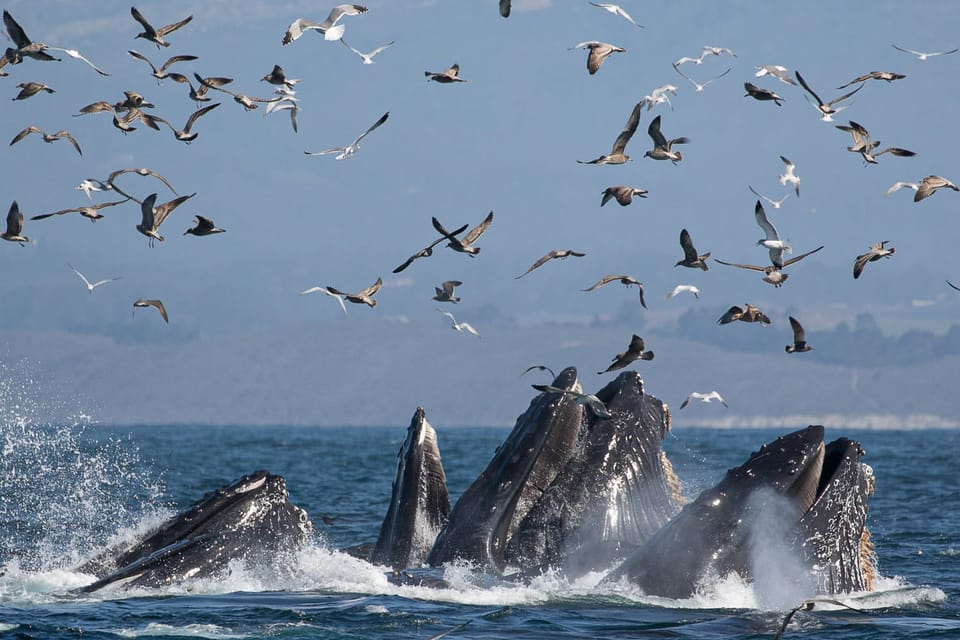
The other day I thought of a quirky question that led me down a little rabbit hole: How in the heck do whales find freshwater to drink? And if they gulp down mouthfuls of saltwater every time they eat, how do they deal with all that salt?!
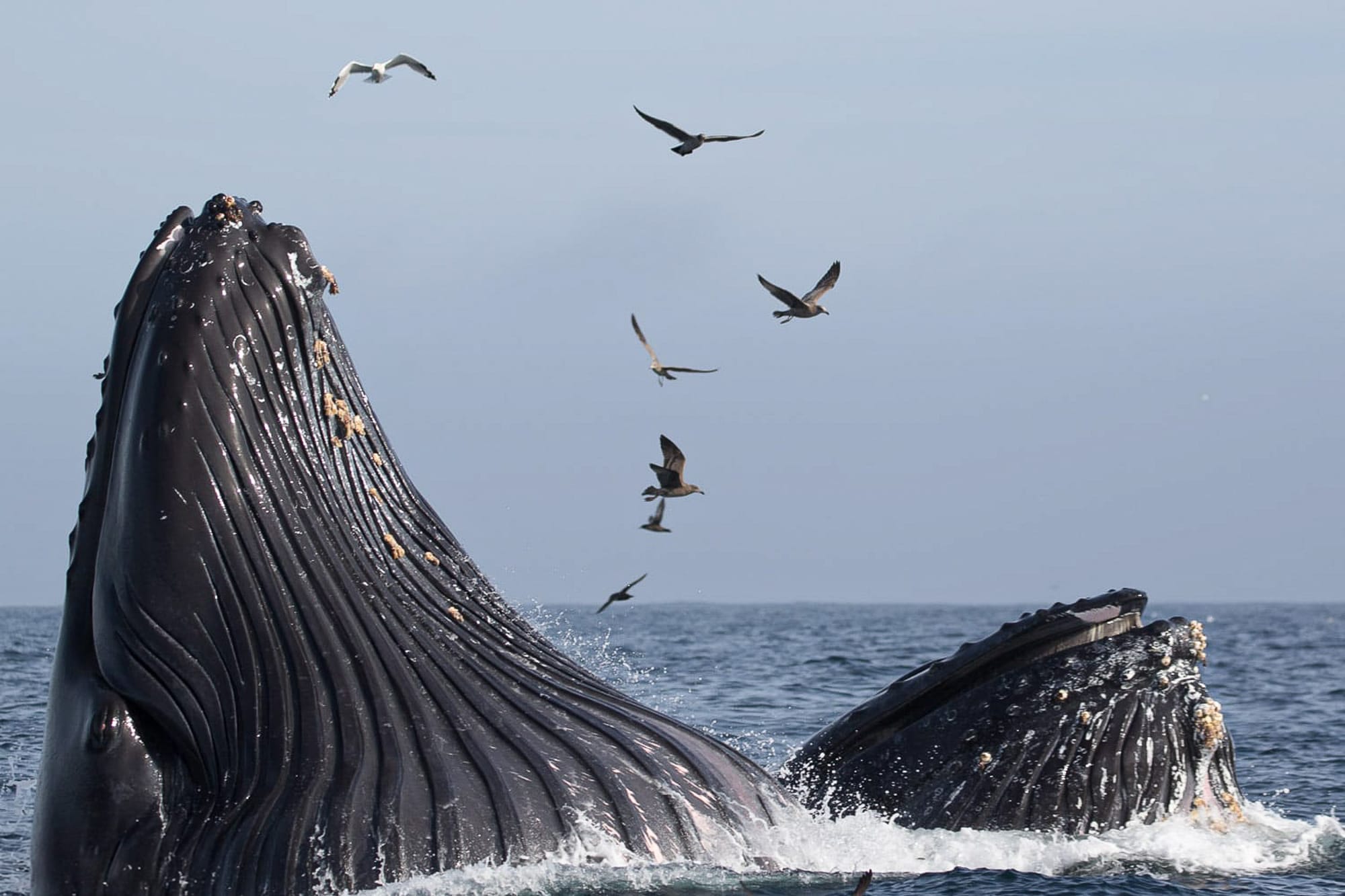
All animals face the critical challenge of maintaining a narrow balance of water and salt in their bodies (the osmotic balance). Any time there is an unequal concentration of salts across a cell membrane, water must move across the membrane in the direction that balances out the salts. This flow of water in our bodies can end up diluting or concentrating our bodily fluids, potentially leading to a cascade of harmful effects or death if not quickly corrected.
Think about how we constantly try to find the right balance between drinking and urinating; or, if we're exercising and losing salts through our sweat, think about how we need to drink additional electrolytes to rebalance the salts in our bodies. This is essentially what all animals must do every day.
Now imagine the challenges that large mammals living in saltwater must face.

Fortunately for whales (and other cetaceans) they have had approximately 50 million years to come up with some elegant solutions. One solution is that whales typically move slowly and calmly, lowering their loss of water and giving them time to absorb a bit of moisture through their lung tissues as they hold their breath (a whale that is chased or exerted will soon exhaust its reserve of water).
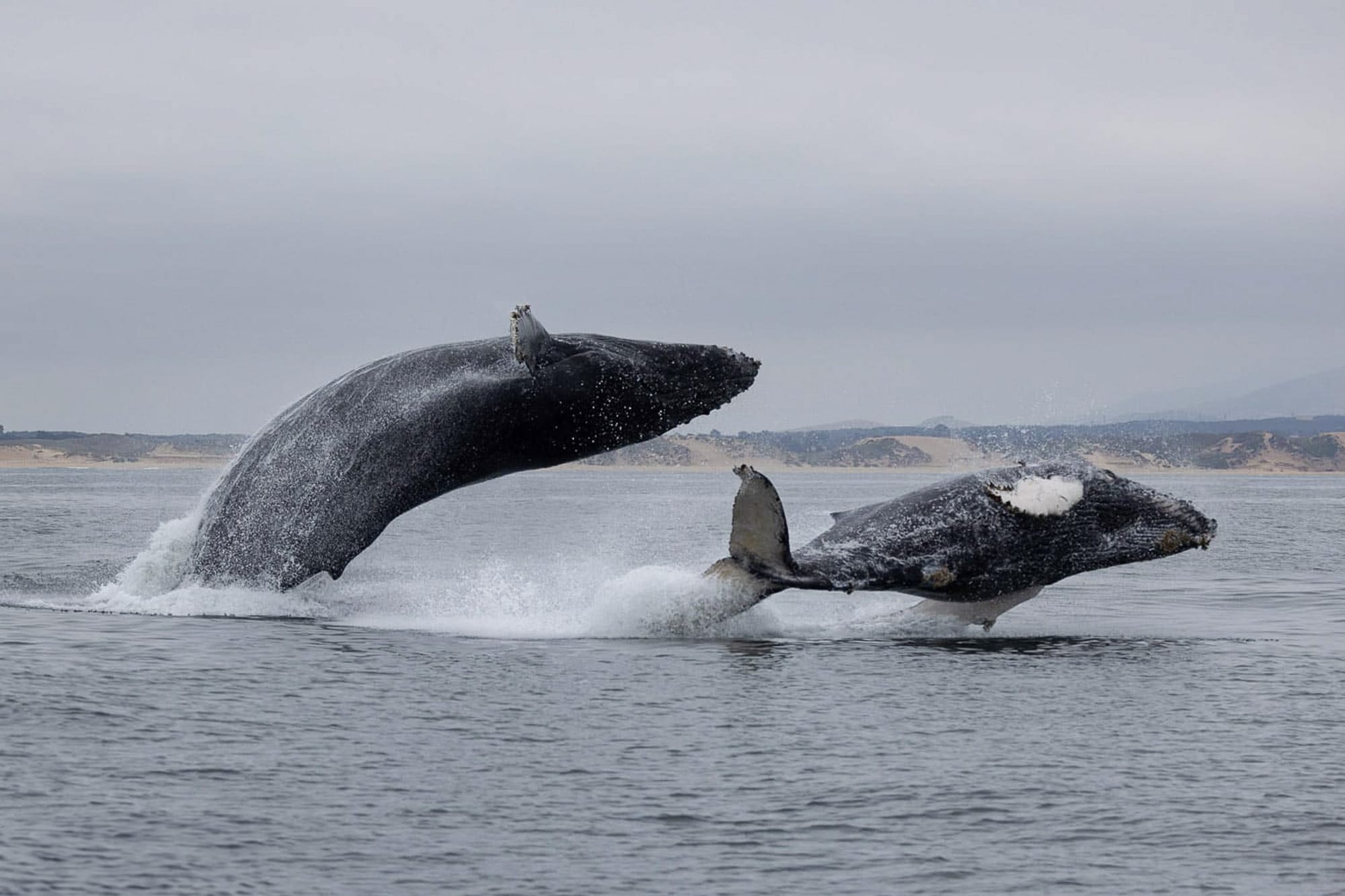
But extracting moisture from the air doesn't provide enough water for such a large mammal, and it turns out that whales get most of their freshwater from the foods they eat. Fish, krill, and plankton contain high levels of freshwater— often greater than 90 percent of their weight—and whales eat a lot of these foods (10-20 tons a day for blue whales).
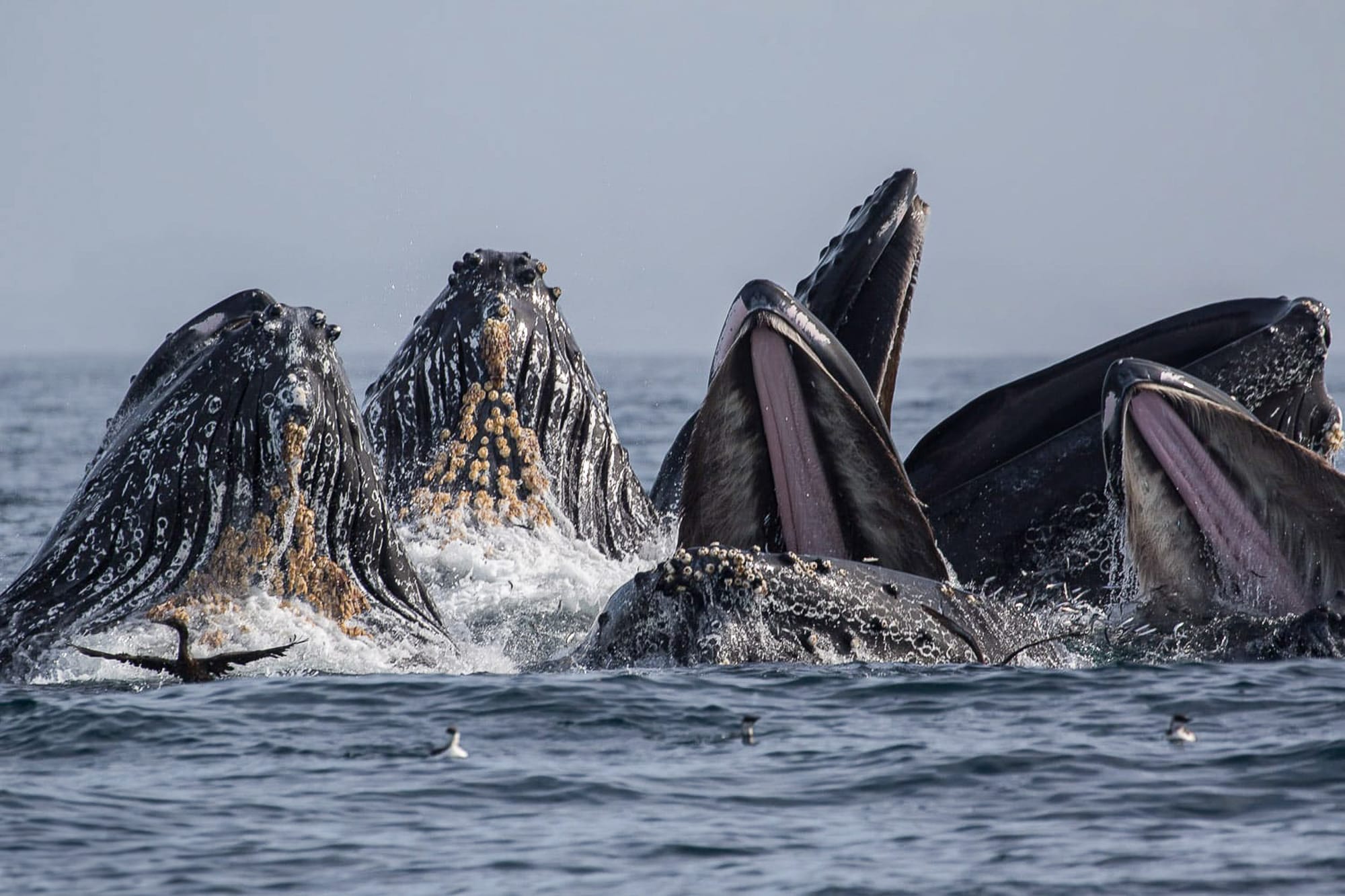
Whales will also swim at the surface and drink freshwater during rainstorms, or swim around the mouths of rivers or near melting icebergs. It's believed they might also be absorbing some of this freshwater through their skin.
If they still haven't gotten enough freshwater, whales can make up the difference by swallowing mouthfuls of seawater and using their unique reniculate kidneys to remove the salt. These multi-lobed kidneys resemble a bunch of grapes and are so effective at eliminating salt from a whale's body that their urine is twice as salty as the ocean.
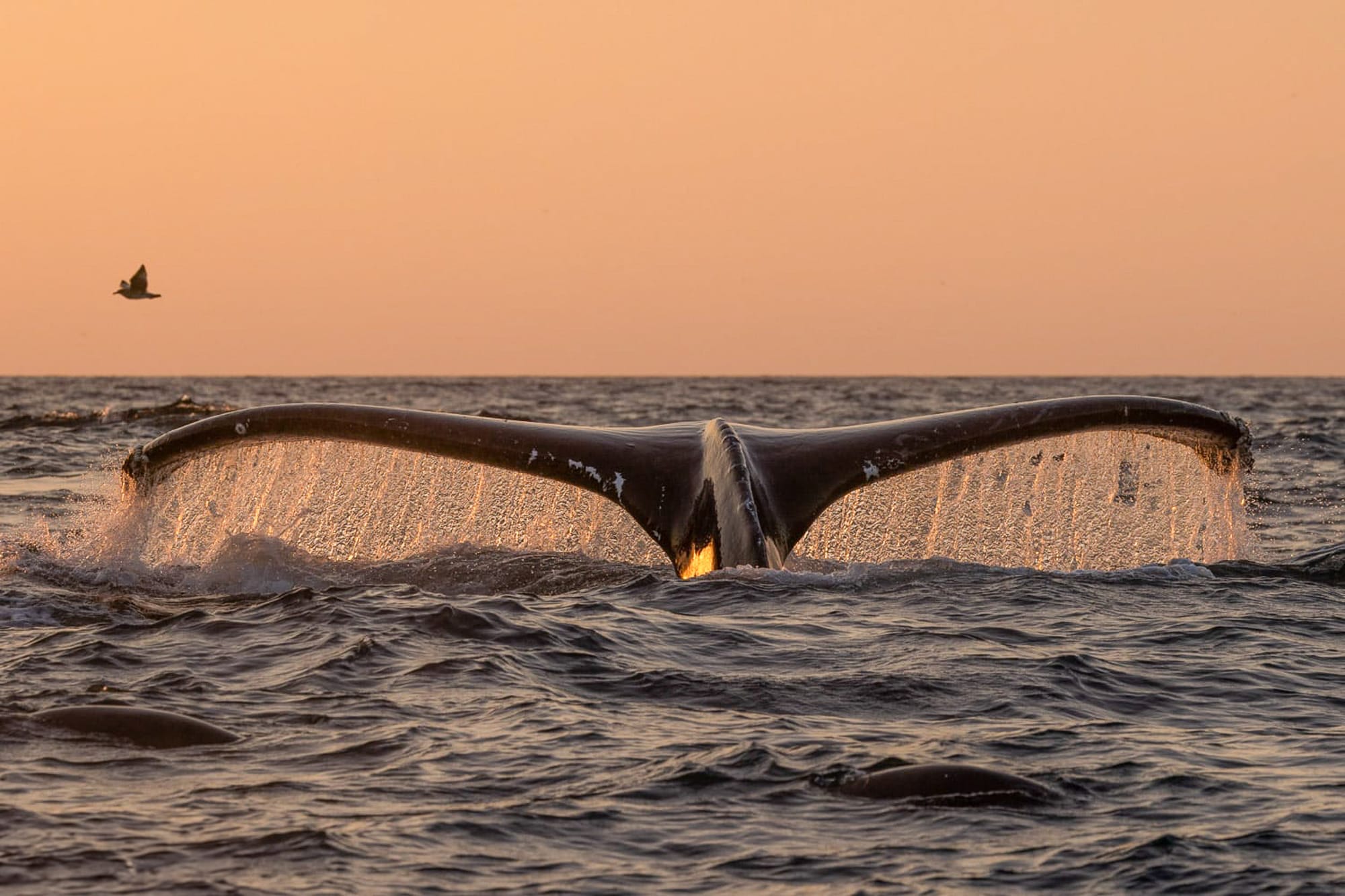
Even with all these adaptations, whales must still be careful because there are no backup supplies of freshwater in the middle of the ocean, and there are times when they need to rely on all their resources to maintain the right balance.

Member discussion